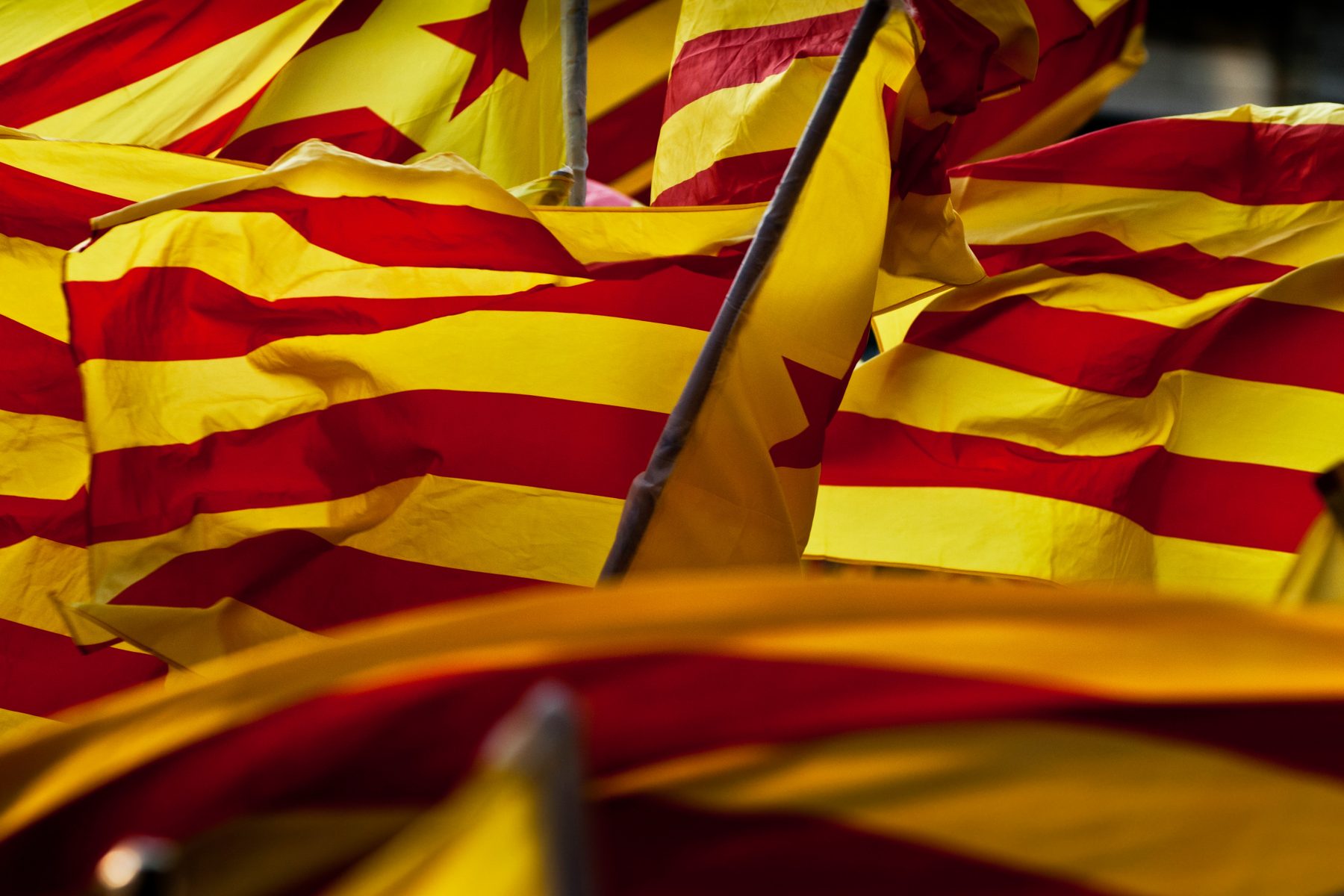In southern Spain, the one-year anniversary of the release of Catalonia’s unilateral independence referendum on October 27th—followed by mass demonstrations and police intervention—was met with a steady backlash against independentists through a variety of informal rallies and marches calling for Spanish unity. People took to the streets waving Spanish flags and calling for an end to the independentist movement in the north. While only a year has passed since the separatists took to the streets in Catalonia in what appeared to be the culmination of desires for autonomy, the seeds of independentist sentiment have been growing for decades, dating back to the 1970s.
In 1978, Spain’s new democratic constitution recognized the existence of various “national” communities within the country, which spurred the widespread acceptance of a level of regionalization, a concept that has propelled the sentiments behind independence. In 1979, Catalonia was given a statute of autonomy, and the region added Catalan to its list of official languages. Fast-forwarding 25 years, Catalonia was awarded a reformed version of their 1979 autonomy statute, which granted the regional government greater authority and financial sovereignty. The preamble of the statute used the word “nation” to describe the region.
During the economic crisis that began in 2009 and as a result of Spain’s weakening economy, Catalan nationalists began to hold a series of informal votes in small towns and major cities, like Barcelona, across the region. These votes were gathered in order to gauge the percentage of the population interested in separating from the rest of Spain, sentiments that were particularly fueled by desires for economic independence. Following this wave of heightened independentist sentiments, the Constitutional Court in Madrid excised the part of the 2006 revised autonomy statute that used the word nation to describe Catalonia, ruling that there was no legal basis for recognizing the region as its own country within Spain.
In 2012, over 1.5 million people participated in Catalonia’s annual independence rally in Barcelona, spurred by escalating indignation at financial transfer from the region to the rest of the country. These rallying cries had been galvanized by the increasing debt incurred by Spain as a nation. For many Catalan citizens, their relative wealth and stability compared to the rest of the country became grounds to fight against Madrid’s efforts to transfer much of Barcelona’s wealth to the rest of the nation. In fact, Catalonia’s secession could mean the loss of roughly twenty percent of Madrid’s GDP. As a result, many Catalan citizens feel that they have continued to pay unreasonably high taxes for a nation they only identify with due to territorial proximity.
Four months later, in early January of 2013, Catalonia’s regional parliament endorsed a “declaration of sovereignty” designed to serve as a precursor to an independence referendum in 2014. Although Spain’s constitutional court ruled that this planned referendum was unconstitutional, Catalonia’s regional president, Artur Mas, insisted that the non-binding referendum would go on as scheduled under a new legal framework. In November of 2014, more than 80% of constituents who took part in the non-binding referendum voted in favor of independence.
By 2015, separatist parties had cleanly won the regional election, which they interpreted as clear authorization to move forward with their plans for independence. Spain’s constitutional court, however, revoked Catalonia’s bid to begin this process once again. For the next year, both the regional and national governments would continue to disagree over Catalonia’s right to secede. Finally, in October of 2017, voters in an unofficial and illegal independence referendum backed separation from Spain, and the regional government declared independence. Shortly after, the central government in Madrid took charge and imposed direct rule, resulting in violence between protesters and police and the arrests of many.
One year later, tensions still run high in Catalonia, as people push for their right to separate and hold rallies in protest of the imprisonment of political figures following the illegal referendum and protests. In southern Spain, citizens call for unity and an end to the conflict. Dr. Javier García Marín, a Political Science and Administration professor at the University of Granada in Spain, shed light on the general sentiments of the population residing in southern Spain, estimating that 90% of these citizens attribute the conflict to the waves of populism that have swept across many nations. He compared the Catalan nationalists to those supporting Donald Trump in the United States and those who pushed for the Brexit referendum in March of 2017.
When asked about his viewpoint on the political prisoners that came out of the conflict, Dr. Marín answered, “they didn’t follow the law. They went to prison because they didn’t abide by the law, not because of their viewpoints.” Many of the political prisoners have been charged with offenses like sedition, terrorism, and rebellion, which many residents of southern Spain feel were appropriate responses to the protester violence following Madrid’s intervention in the region.
A student at the University of Granada echoed Dr. Marín’s sentiments, but she started by saying that she believed independentists originally had the right to push for separation from the rest of Spain. Her position changed over the past year as Catalonia’s citizens have acted in unlawful ways and refused to negotiate with the central government in Madrid. “I just want to stop reading and hearing about it,” she said. “Enough is enough.”
While it seems a resolution to the conflict may still be far off, Dr. Marín stressed that there are no true hostilities between citizens on either end of Spain. “My brother has lived in Barcelona for decades now,” he said. “He has different viewpoints on the whole matter, but that has never driven a wedge between us, and I visit him and his friends frequently in Barcelona.”




